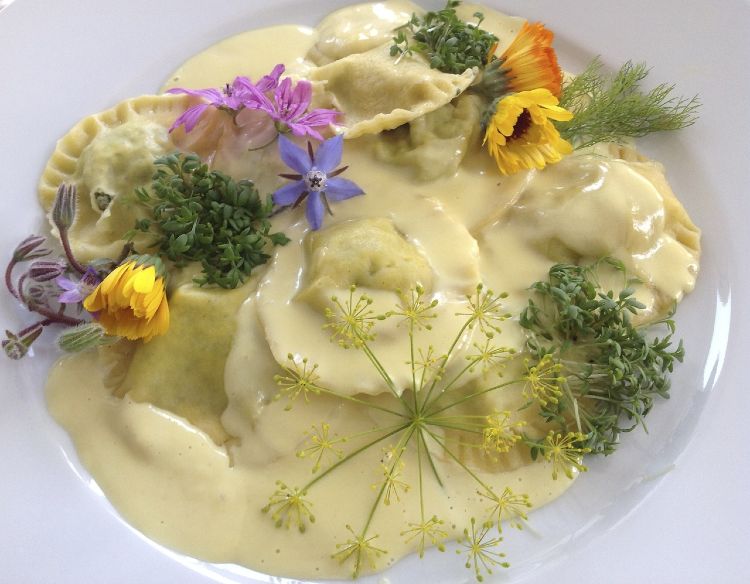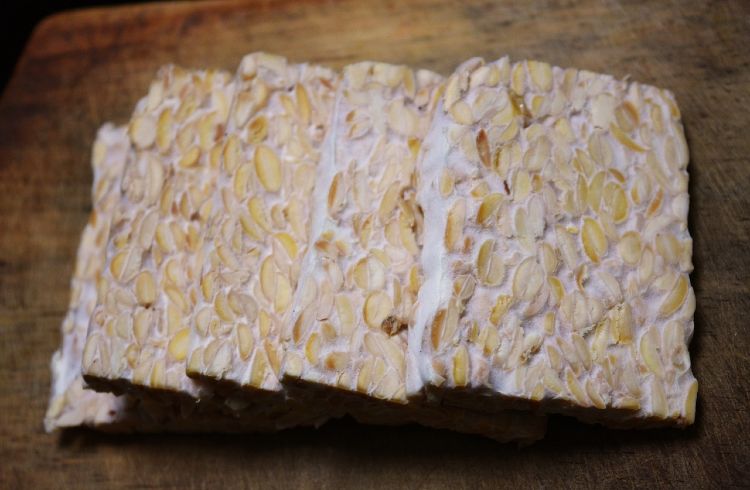A Two Bird Roast
I am always delving into Medieval recipe books and the creation of a two bird roast with all the trimmings is one that appeals to all carnivorous members of my family. My friend Polly Robinson, of the Suffolk based business Food Safari that creates field to fork experiences for East Anglian foodies, drew my attention to the website of the Wild Meat Company at Lime Tree Farm near Woodbridge, who deliver boxes of game shot and harvested from neighbouring farms in East Anglia.
You can choose between wild duck, pheasant, partridge, venison, hare, rabbit, woodpigeon and wild boar, the fresh meat arriving in a sealed polystyrene box all clean and immaculate, wrapped with plastic cooling pouches. My box was delivered by Parcelforce at the time and date it was due to arrive, so I was all ready with my recipe ingredients to get started. All I had to do to the birds was open the parcel, trim a little fat and wash them. Hey presto.
You can chose birds that have all been deboned and inserted into one another ballotine style by the their own butchers, but I prefer a separate wild mallard and partridge, so that I could cook the recipe the old-fashioned way, keeping the bones to make a wild game broth for my next-day mushroom and game risotto.
The best way to prepare this recipe is to start the day before – that way all the flavours of the spices, herbs, fruit and wines can be absorbed into the meat. You can leave out the citrus fruits if you wish and substitute apples, pears, plums or even grapes.
The great benefit of cooking the birds in this way is that all the juices of the duck enhance the flavour of the partridge, and along with basting the birds frequently, you ensure the moisture of the meat. Keep basting!
The end result, as declared by my whole family: a triumph!
Ingredients to feed two people
1 wild mallard
1 partridge
1 stalk each of bay, rosemary, thyme and sage
2 onions, peeled and sliced in two horizontally
2 carrots, washed and sliced into 2cm rounds
2 stalks of celery and leaves, sliced into 2cm chunks
2 garlic cloves, peeled
2 clementines, sliced in half
1 lime, sliced in half
A small handful of shelled walnuts
A small handful of raw pistachio nuts {or hazelnuts}
Sea salt
1 tsp. blackpepper corns
4 cardamom pods
4 cloves
1 star anise
2 cinnamon sticks
1 small glass of red wine
1 small glass white wine
2 tbsps. elderberry jelly {or any hedgerow-garden jelly}
Fresh bay leaves for decoration
Method
Wash and trim the birds of excess fat. Snip the sides at the opening of the duck’s bottom, so that the aperture-cavity is wide enough to insert the partridge, tail end first. The head of the partridge might be sticking out slightly but no matter, with a little brute force you can push it quite far inside. Insert the stalks of bay, sage, thyme and rosemary inside the duck cavity, just beneath the skin. Set the birds aside, while you prepare the rest of the ingredients
In a roasting pan place all the vegetables in a square to form a trivet on which to place the birds. Place the duck and partridge on top and scatter the spices, seasonings and nuts all around them. Pour the wines over the birds and squeeze the juices of the lime and mandarins. Leave the squeezed citrus fruits in the pan for flavour.
Cover the roasting pan with foil and refrigerate for 24 hours, or keep in a cool larder.
The following day bring the temperature of the birds up to room temperature. Pre-heat the oven to 200 degrees C.
Baste the birds with the wine and juices before you place in the hot oven. Cook for a total of one hour, but turn the temperature down to 190 degrees C. if the birds are starting to brown too much on top. Keep the birds basted, at least three or four times during cooking. Cover with foil if browning too much.
Towards the end of the cooking time, say 45 minutes in, I remove the partridge so it can have a few minutes of being roasted outside the duck and also the duck cavity gets a blast of heat. Add the elderberry jelly to the wine and juice mixture at the bottom of the pan, mix and return to the hot oven for another 15 minutes.
To ensure both birds are fully cooked sink a sharp knife into the fattest part of the thighs – the cooking fluids should run completely clear.
At the end of one hour the partridge should be fully cooked and the mallard will still be ever-so slightly pink in the middle. Leave the birds to rest somewhere warm for ten minutes before carving.
Pour all the juices out of the pan and into a fat separator – strain and decant the gravy into a gravy boat. Taste and add extra seasonings. Spoon all the vegetables onto a warm serving platter, add the birds and decorate with fresh bay leaves.
Further Information
Wild Meat Company: www.wildmeat.co.uk
Follow on Twitter : @WildMeatCompany
Food Safari: www.foodsafari.co.uk
Follow on Twitter: @FoodSafariUK


